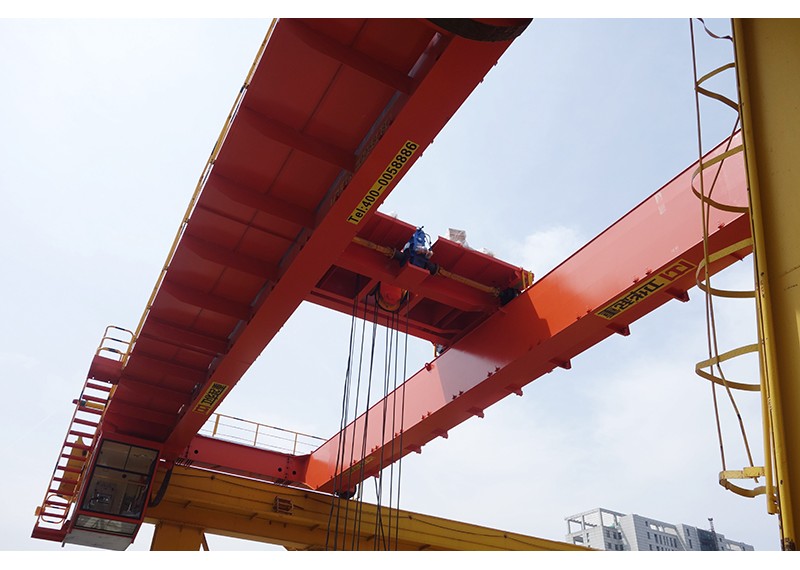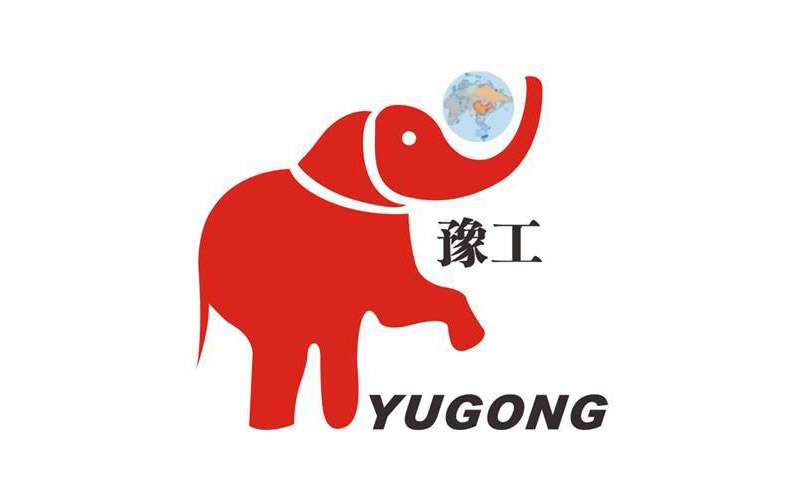
DaFang BMH Half Portal Crane Crane Factory Direct Sales
There seem to be many crane safety technical rules. In fact, these are common sense summed up from experience. They are not well-known sayings that people can memorize, but codes of behavior that are naturally integrated into the operation process. On-the-job training for operators is very necessary. Basic equipment protection and personal protection awareness often become common sense before the application of norms can be effective, not just literally or verbally. The following is a list of safety technologies used by cranes:
Safety technical rules that should be followed when using cranes:
1. The crane should be operated by trained personnel.
2. On the side of the crane, a sign indicating the rated lifting weight, span, working level, and manufacturer of the crane must be hung up.
3. When the crane is working, no people are allowed to stand in other places except the operating room.
4. When testing or repairing on the crane, the crane must be powered off.
5. When the crane is running without heavy objects, the hook should be at least 2.5 meters above the ground (that is, the height of more than one person).
6. It is strictly forbidden for cranes to move heavy objects over people's heads.
7. When the crane is running with heavy objects, the weight should be at least 0.5 meters away from the highest obstacle on the line of heavy objects.
8. It is strictly forbidden to use hooks to transport or lift people.
9. It is forbidden to drop objects from the crane in any way.
10. Tools, spare parts, fasteners, sundries, etc. must be stored in special boxes, and are not allowed to be scattered on the crane to avoid accidents that may cause personal or equipment damage when the objects fall.
11. When lifting liquid metal, harmful liquids and important objects, regardless of the weight, the heavy objects must be lifted slightly, 150-200 mm above the ground. After verifying the stability of the brake and the reliability of hoisting, the hoisting work will be carried out.
12. It is forbidden to store flammable materials (such as kerosene, etc.) on the crane, and do a good job of fire prevention on the crane.
13. Cranes used in the open air should stop working when the wind is greater than level 6.
14. When the open-air crane is not working, try to secure the crane reliably (e.g. hook on the ground anchor, oblique iron at the wheel, etc.) to prevent accidents such as the crane being blown over by strong wind.
15. Periodic safety inspections must be carried out on cranes, including static load and dynamic load tests on the crane with test loads, and the results should be stored in the equipment file.
In the daily operation of cranes, crane operators should implement the conventional safety technical rules. Not only are they responsible for the equipment, but also the protection of personal safety, and prevent problems that do not appear in advance. Solve, this is the purpose established by the operating norms.


